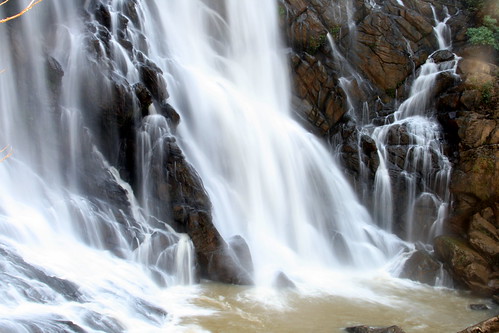Histograms
Now from these Two Videos you should have a pretty good understanding on how your cam records a image and why the Histogram is so important. But if you still don't get it let me dump my two cents in to your learning bucket
A properly exposed picture will have a somewhat even spread of pixels through out the histograms X axis, form Zero the darkest pixel your camera can record to 255 on the right side the brightest pixel your camera can record. for a total brightness scale 0f 256 (0 to 255).
If you under expose a picture you will have most of your pixels to the far left side with most of your image falling out side of your cameras range (PIXELS THAT ARE BEYOND 0) this means your camera did not even see that part of the picture, the image was so under exposed that the darkest shadows of your pic has no detail at all it's just black
and If you over expose your picture the same thing goes for the right side of the histogram if you over expose to much the high lights in your image (THE BRIGHT AREAS ) will show up as pure white with no detail to them at all, We call this blown high lights or a washed out pic.
The key is to try and use your camera full range from the darkest dark to the whitest white, this will give you a pretty even exposer, giving you detail in your shadows as well as your high lights.
But sometimes you can't reach the whole scale with out changing the mood of the pic, you don't wanna shoot a night scene where you can't even tell it's night time.
When you are capturing a image and most of the image is dark or in shadow most of your image pixels will be to the left of your histogram. This is fine as long as you don't touch or go past the 0 pixel mark, for every pixel you go over 0 that means that pixel is lost and will not be represented in your image. once again same thing for real bright pictures go as far to the right as you can with out passing 255.
Well How do I move my pixels when i take a pic?
Simply change your aperture or shutter speed. your image was under exposed because you didn't let enough light hit your film/sensor. And since you have read my other post you know you can let in more light three ways, shoot at a longer shutter speed, open up your lens aperture , increase your cameras sensor sensitivity to light by raising your ISO.




